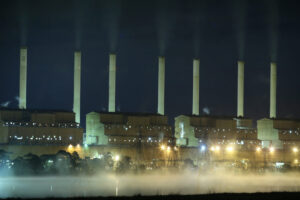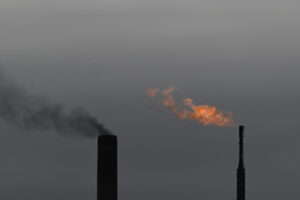Has Australia’s emissions intensity fallen by 50% in the last two decades? > Check the facts
Who: “Australia’s emissions intensity has reduced by about 50 per cent over the last two decades” Opposition Leader, Tony Abbott.
The claim: That Australia’s emissions intensity has fallen by 50 per cent in two decades.
The facts: According to the latest ABS figures Australia’s emissions intensity has fallen by 28 per cent between 1989-90 and 2008-09. During that same period Australia’s greenhouse gas emissions have increased by 33 per cent and Australia’s GDP has increased by 83 per cent.
The finding: Australia’s emissions intensity is falling but Mr Abbott is claiming almost twice the decrease that has actually occurred.
Discussion of evidence: Emissions intensity is defined as emissions per dollar of GDP. This has been falling in Australia mainly because higher fuel costs have led to a drive to be more energy efficient as well as a move away from emissions intensive sectors like manufacturing and towards less emissions intensive sectors like services.
The ABS says that the trend of falling emissions intensity “has been attributed to a range of factors including better management of emissions across sectors, and stronger growth in the services sector than in the more energy intensive manufacturing sector.”
The fall in emissions intensity has not been 50 per cent but rather it has fallen 28 per cent between 1998-90 and 2008-09.
Between the Lines Newsletter
The biggest stories and the best analysis from the team at the Australia Institute, delivered to your inbox every fortnight.
You might also like
Climate target malpractice. Cooking the books and cooking the planet.
As the Albanese government prepares to announce Australia’s 2035 climate target, pressure is mounting to show greater ambition.
Expensive, publicly-funded Carbon Capture & Storage is barely visible in new emissions data
Buried deep in Australia new emissions data release is this nugget, in the ‘revisions’ section: “Fugitive sector emissions decreased 2.2% over the year to March 2025, mainly driven by reductions in natural gas venting emissions from new carbon capture and storage activities and a decline in production across both surface and underground coal mining. Estimates
Nearly a fifth of Australia’s emissions now come from sending fossil fuels overseas
Australia’s exports of fossil fuels are not only increasing emissions across the world, they are also becoming a larger share of our domestic emissions.

